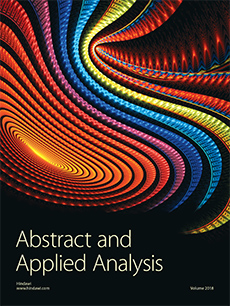Abstract
The stochastic time-delayed system of credit risk contagion driven by correlated Gaussian white noises is investigated. Novikov’s theorem, the time-delay approximation, the path-integral approach, and first-order perturbation theory are used to derive time-delayed Fokker-Planck model and the stationary probability distribution function of the dynamical system of credit risk contagion in the financial market. Using the method of numerical simulation, the Hopf bifurcation and chaotic behaviors of credit risk contagion are analyzed when time-delay and nonlinear resistance coefficient are varied and the effects of time-delay, nonlinear resistance and the intensity and the correlated degree of correlated Gaussian white noises on the stationary probability distribution of credit risk contagion are investigated. It is found that, as the infectious scale of credit risk and the wavy frequency of credit risk contagion are increased, the stability of the system of credit risk contagion is reduced, the dynamical system of credit risk contagion gives rise to chaotic phenomena, and the chaotic area increases gradually with the increase in time-delay. The nonlinear resistance only influences the infectious scale and range of credit risk, which is reduced when the nonlinear resistance coefficient increases. In addition, the curve of the stationary probability distribution is monotone decreasing with the increase in parameters value of time-delay, nonlinear resistance, and the intensity and the correlated degree of correlated Gaussian white noises.
Citation
Tingqiang Chen. Xindan Li. Jianmin He. "Complex Dynamics of Credit Risk Contagion with Time-Delay and Correlated Noises." Abstr. Appl. Anal. 2014 1 - 10, 2014. https://doi.org/10.1155/2014/456764





